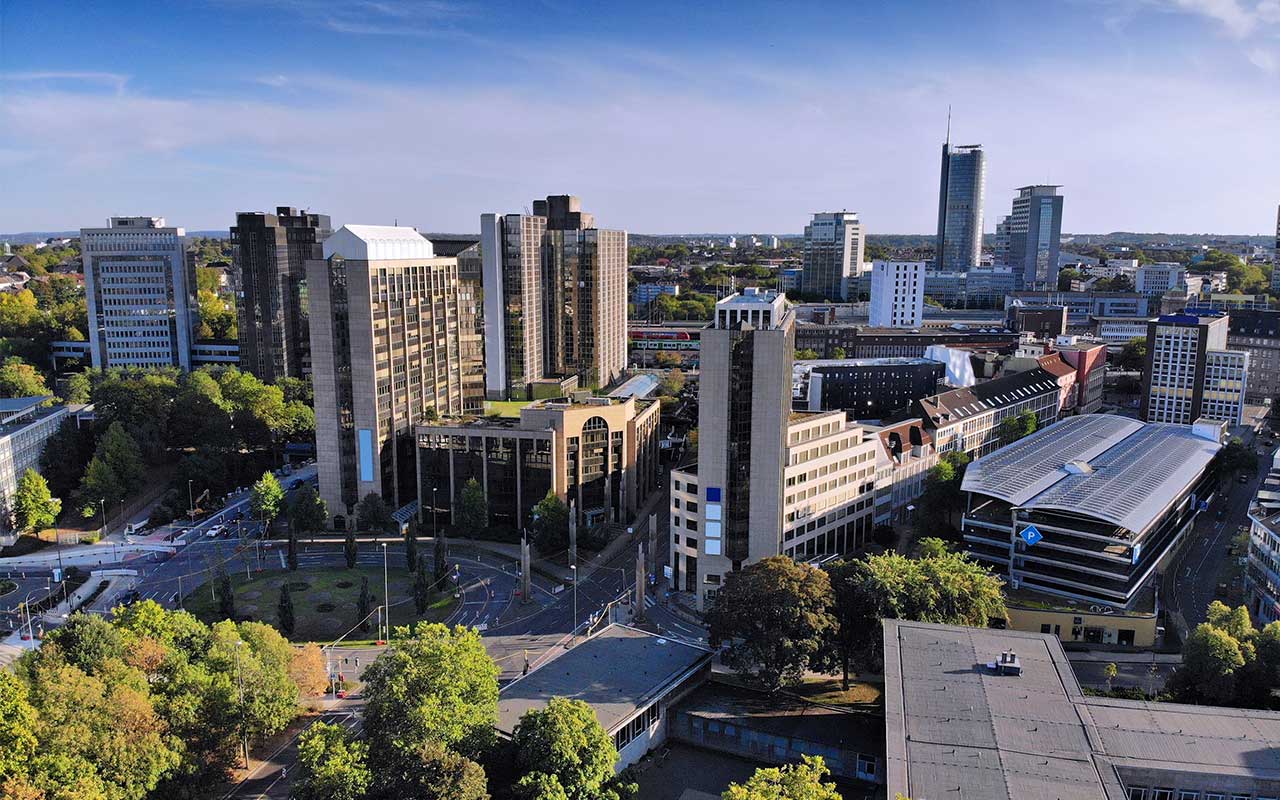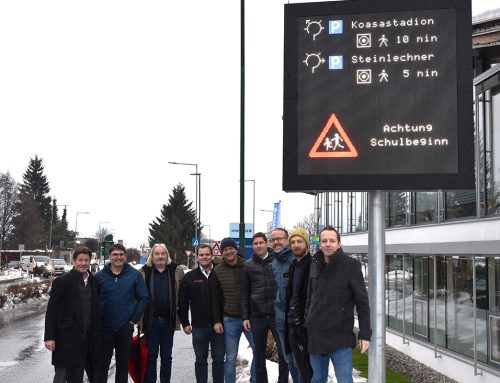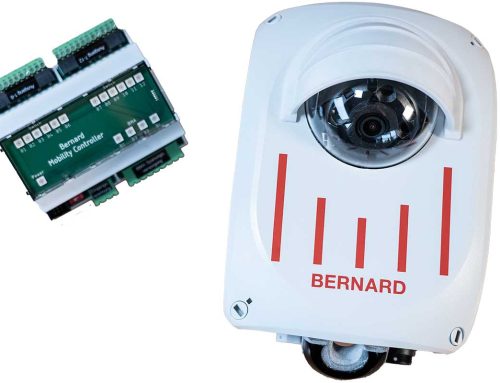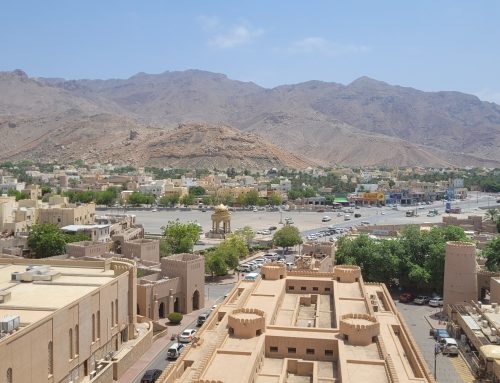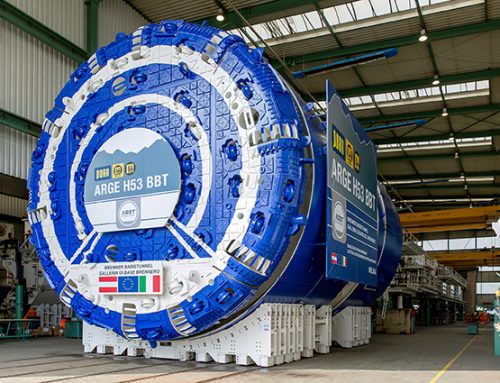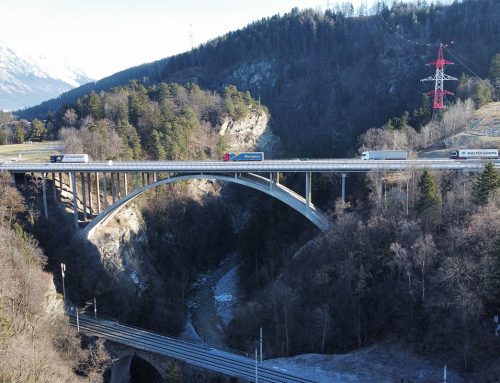The funding program, which is supported by the city of Essen, is intended to pave the way for a digital and future-oriented urban and transport development.
With the help of an urban living lab, different signaling scenarios will be tested. As part of a preliminary design, optimization options will be analyzed, concept ideas for traffic control will be developed, and structural changes that could have a positive impact on traffic flow will be examined. The Ruhrallee was selected because of its importance as a major transport axis, with a daily traffic volume of more than 56,000 motor vehicles. In addition, it serves as an important route for local public transport and it is often subject to traffic disruptions. The urban living lab will be used to show suitable and effective traffic control methods and models. Special consideration will be given to environmental sustainability and NO2 reduction. Weak and neuralgic points will be identified. Alternative solutions for a vehicle-actuated traffic light control will be pointed out – with particular emphasis on the coordination of the mutually dependent signalized intersections along the entire Ruhrallee. It will be analyzed whether traffic flows can be bundled and whether the alignment can be optimized. Furthermore, situations at traffic lights involving emergency vehicles will be evaluated, as well as pedestrian waiting times.
By analyzing possible measuring sensor systems, local and strategic traffic control measures can be determined. Environment, public transport, pedestrian and bicycle traffic will be taken into account. As a result, the boundary conditions with regard to construction, transport planning and technology will be developed and the respective measures will be implemented.
Torsten Heine-Nims, BERNARD Gruppe

